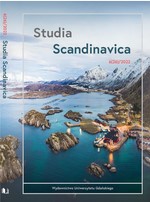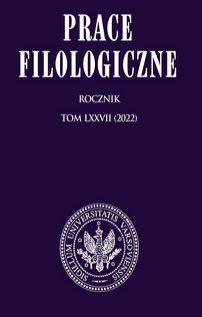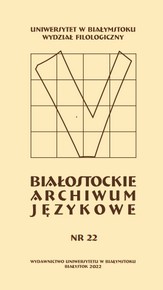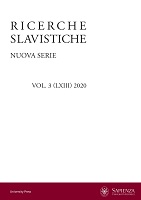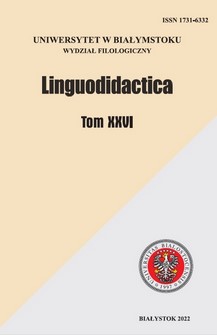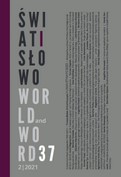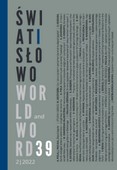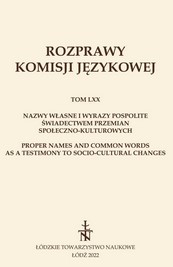
DZIAD, DZIADY W GWAROWYM WIDZENIU ŚWIATA (NA MATERIALE SŁOWNIKA GWAR LUBELSZCZYZNY)
This paper offers a discussion of the linguistic picture of dziad present in the folk worldview of the Lublin region, with special emphasis on social, physical, locative, axiological and customs-related aspects of everyday rural life. The meanings of the lexis analysed are grouped according to eight semantic domains, including ‘man and their role in the family and in the social structure of the village’, ‘farming and harvesting’, ‘plants’, ‘food’, ‘footwear’, ‘tools’, ‘weather phenomena’, and ‘folk customs’. The study is based on spoken texts of 2000 informers between 70–90 years of age, collected in 1986–2020, in 600 villages of the Lublin region.
More...
